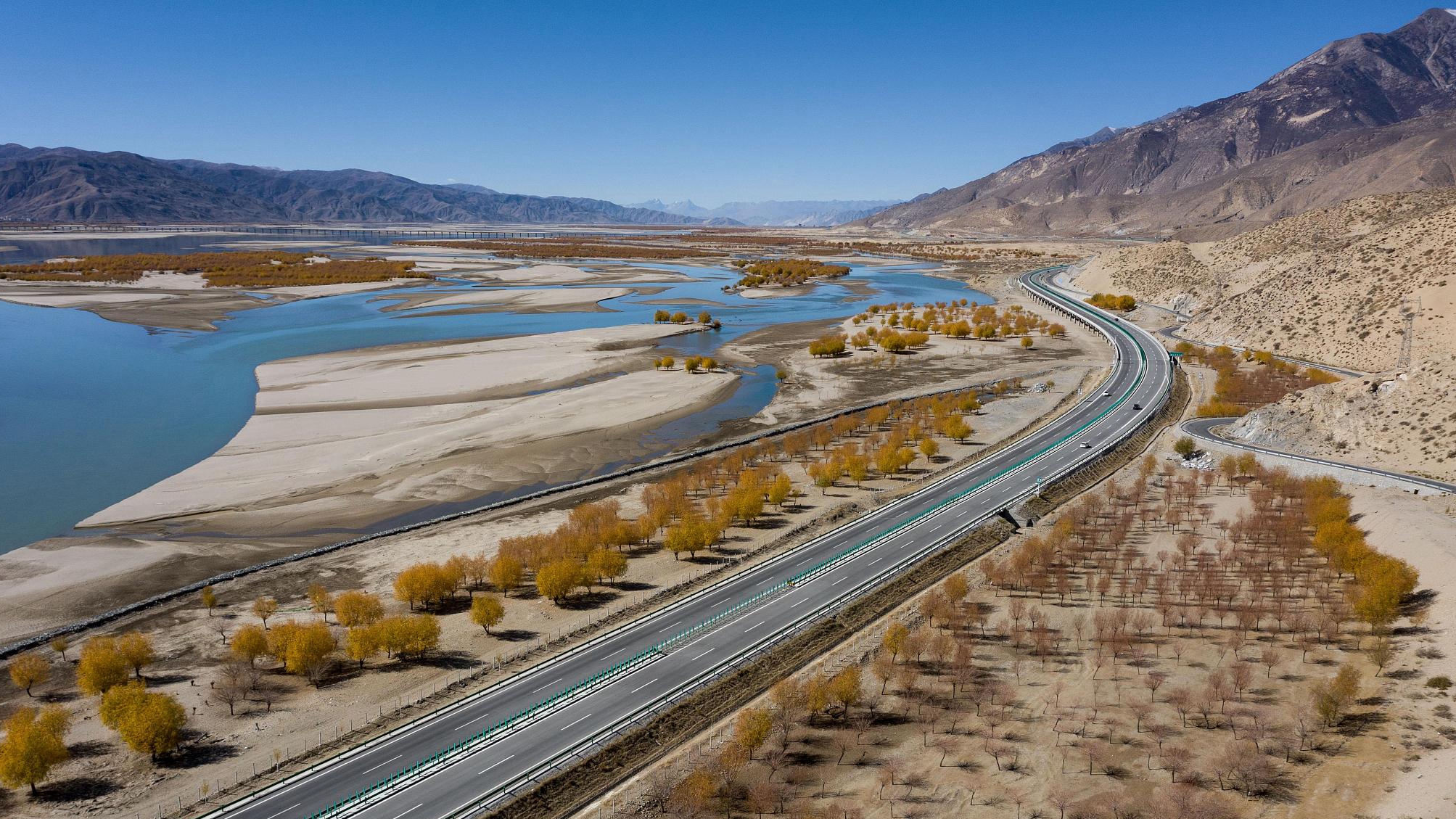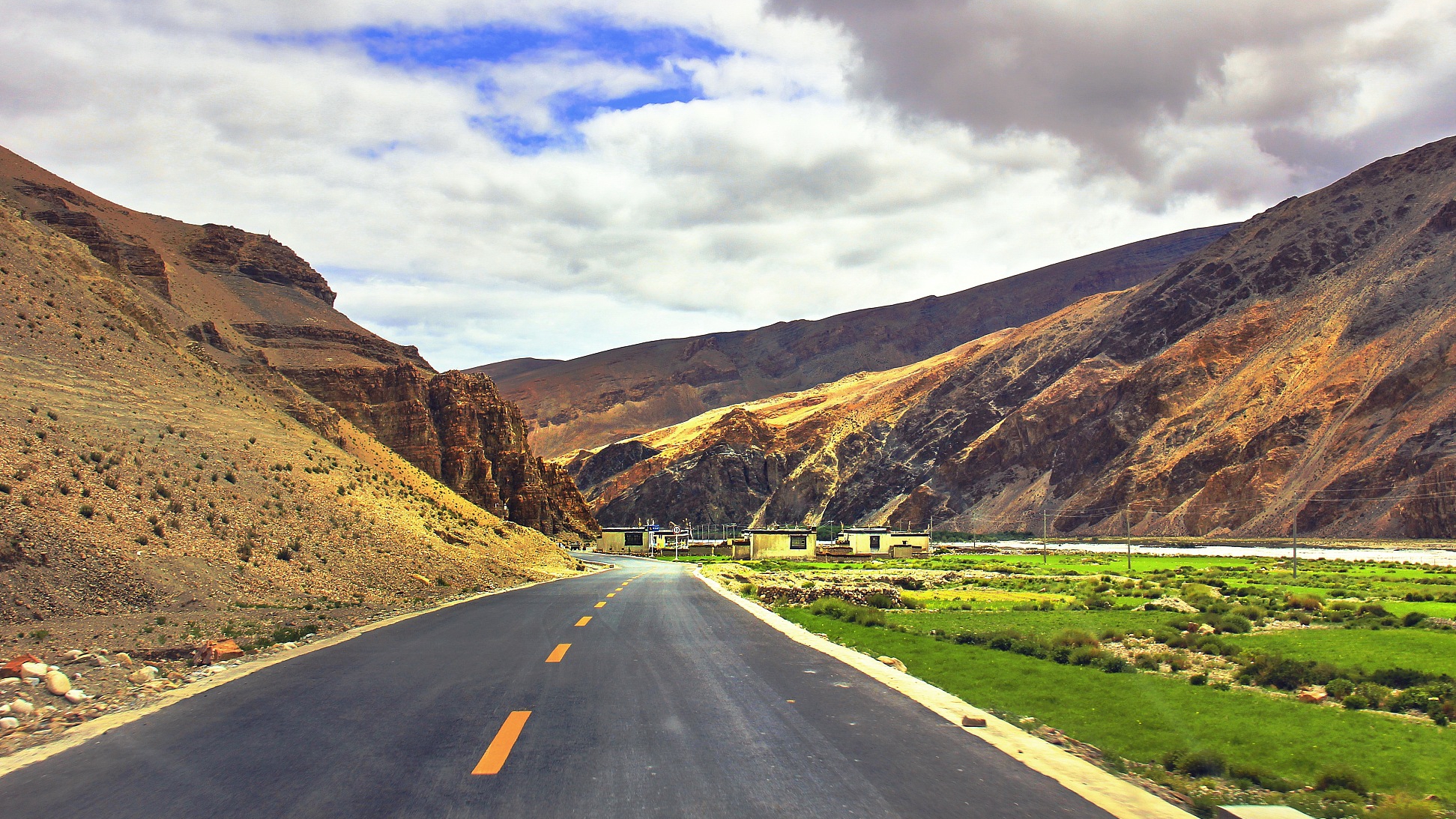The road network in southwest China's Tibet Autonomous Region now stretches over 117,000 kilometers, up by 50 percent from the end of 2015, as the region continues to see improving connectivity with the country's inland regions.
The region now has a railway network totaling at 954 kilometers in length, according to data released at the ongoing fourth session of Tibet's 11th Autonomous Regional People's Congress.
Transportation has long been a bottleneck inhibiting Tibet's development, as the region is situated on the Qinghai-Tibet Plateau with complex geographical conditions for road construction and limited technology and funds.

Zegong Highway on the north bank of the Yajiang River in southwest China's Tibet Autonomous Region. /CFP
Zegong Highway on the north bank of the Yajiang River in southwest China's Tibet Autonomous Region. /CFP

A highway leading to Mount Qomolangma base camp. /CFP
A highway leading to Mount Qomolangma base camp. /CFP

The haunting Sichuan-Tibet Highway, one of the world's most treacherous roads. /CFP
The haunting Sichuan-Tibet Highway, one of the world's most treacherous roads. /CFP

A highway leading to Mount Qomolangma base camp. /CFP
A highway leading to Mount Qomolangma base camp. /CFP

View of the Sichuan-Tibet Highway. /CFP
View of the Sichuan-Tibet Highway. /CFP
Since late 2012, China has been strengthening its infrastructure investment in Tibet. So far, roads have connected 95 percent of the township-level administrations and 75 percent of the incorporated villages in the region.
As for air transportation, Tibet has launched a total of 130 air routes, with 61 cities connected by flights, and 5.18 million passenger trips were registered in 2020.
(Cover: A highway linking Lhasa and Nyingchi in southwest China's Tibet Autonomous Region. /CFP)
Source(s): Xinhua News Agency

